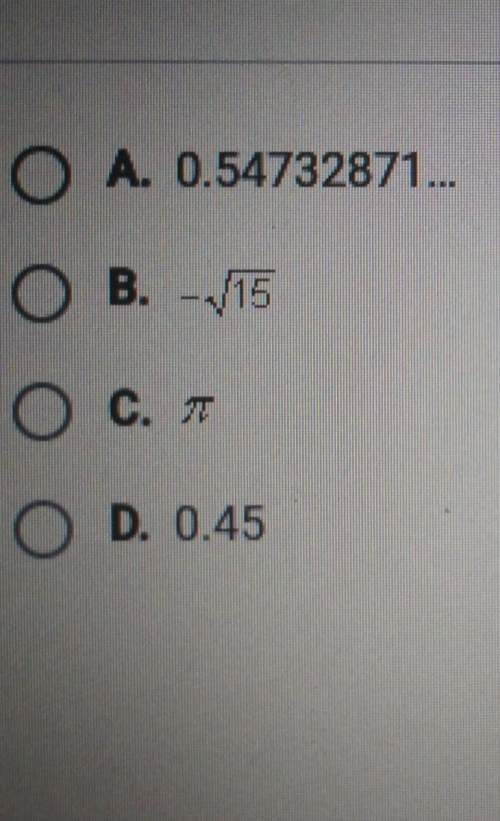
Mathematics, 10.05.2021 16:10, allieballey0727
Let's say that I have a single six-sided die, which I suspect might be weighted or rigged somehow to always give a six. Let's also assume that the only way I have to determine whether it is actually rigged is by rolling it (admittedly, in real life, I may be able to tell from holding it). I roll it several times in a row and it always gives a six.
Do some math to determine:
a. Using a "frequentist" approach, how many sixes in a row would I need to see before I was 95% sure that what I was seeing was a series of sixes (and not just random chance)?
b. Using a Bayesian approach, how many sixes in a row would I need to see before I was 95% sure that what I was seeing was a series of sixes (and not just random chance), given that my prior expectation that the die was weighted is 10%?

Answers: 2
Other questions on the subject: Mathematics

Mathematics, 21.06.2019 18:30, mstrish71oteauw
Two angles are complementary. the large angle is 36 more than the smaller angle. what is the measure of the large angle?
Answers: 1



Mathematics, 22.06.2019 01:30, lexyjasmin6781
Write the equation of the circle centered at (10,-2) with radius 2
Answers: 2
Do you know the correct answer?
Let's say that I have a single six-sided die, which I suspect might be weighted or rigged somehow to...
Questions in other subjects:

Spanish, 22.02.2021 21:50





Arts, 22.02.2021 21:50

Biology, 22.02.2021 21:50


Biology, 22.02.2021 21:50

Chemistry, 22.02.2021 21:50







